Chateau Branaire Ducru
Chateau Branaire Ducru St. Julien, Bordeaux wine producer profile, with a history of the property, plus information on their wine making techniques and their terroir, along with wine tasting reviews and links.
Chateau Branaire Ducru has a long history, dating back to 1680. It started out life as part of Chateau Beycehvelle. When the owner of Beychevelle passed away, he left behind a Bordeaux wine estate that was seriously in debt. To pay the bills, the vineyards that became Branaire Ducru were sold to pay his debts.
The original owner of the Bordeaux wine estate was Jean-Baptiste Braneyre. He chose the property because the terroir reminded him of the best gravel soils in the Medoc. The first part of the chateau’s name obviously came from the original owner. The formal middle name, which is printed on the labels, was gained through marriage when Marie Braneyre married Pierre de Luc. The remainder of the name came from marriage. When the son of the original owner passed away, he had no heirs. In 1875, Gustave Ducru, a relative took over the property, which is where the rest of the name came from.
Patrick Maroteaux, the current owner bought the estate in 1988. Since his purchase, Maroteaux has focused on extensive work in the vineyards and in the cellars. In fact, Maroteaux was one of the first producers in the Left Bank to being filling his tanks entirely by gravity. He did this starting in 1991. All these improvements have paid off. Starting with the 2000 vintage, Branaire Ducru has become one of the top St. Julien wines. It’s also one of the better values for high quality Bordeaux in the marketplace today.
The 60 hectare vineyard is planted on deep quaternary gravels with clay. The vineyard is planted to 70% Cabernet-Sauvignon, 22% Merlot, 5% Cabernet Franc and 3% Petit-Verdot. On average, the vines are close to 35 years of age. They are planted to a range of 6,700 and 10,000 vines per hectare.
Branaire Ducru is a traditionally farmed estate with depending on soil and how the vines behave, grass between the rows, Canopy management and trellising vary, depending on the specific denisity of planting and the soil composition. The vineyard is replanted with vines selected and grown in their own nursery. The entire vineyard is harvested by hand.
For fermentation, they use stainless steel tanks with temperature control. The tanks vary in size, based on the size of each vineyard parcel. All tanks are filled using a gravity based system. In fact, Branaire was the first modern winery in the Medoc to emply this method. This took place in 1991.
Alcoholic fermentation takes place between 26-28 °C. The average length of maceration lasts about 21 days. The wines are blended in late February.
The wine is aged in oak barrels for 16 to 20 months with 60 to 65% of new oak. The barrels are made from wood obtained in various French forests according to their flavours and tannins quality. They prefer a light toasting of the barrels. ranaire practices traditional rackings without pumpings. Fining in barrels with egg whites.
Average production: 350.000 bottles of Bordeaux wine per year. Second wine: Duluc de Branaire-Ducru. The exact proportions between first and second wines are determined by the vintage. Fruit from vines less than 15 years old are used in the second wine.
Since 2000, thanks to Patrick Maroteaux’s dedication Branaire has been on a roll. A contender for the most elegant wine from St. Julien, the wine offers style, purity, freshness and it still sells for fair prices.

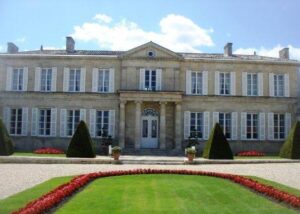
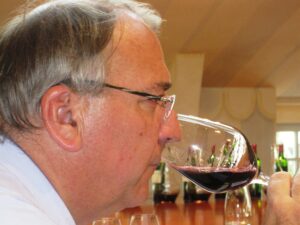
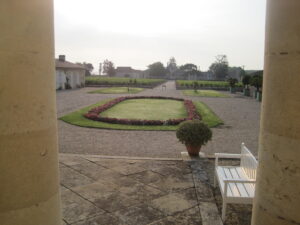
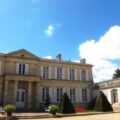
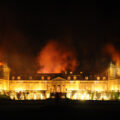
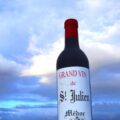

1 Comment
Nice story but it’s already a fourth growth and that seems quite fair!